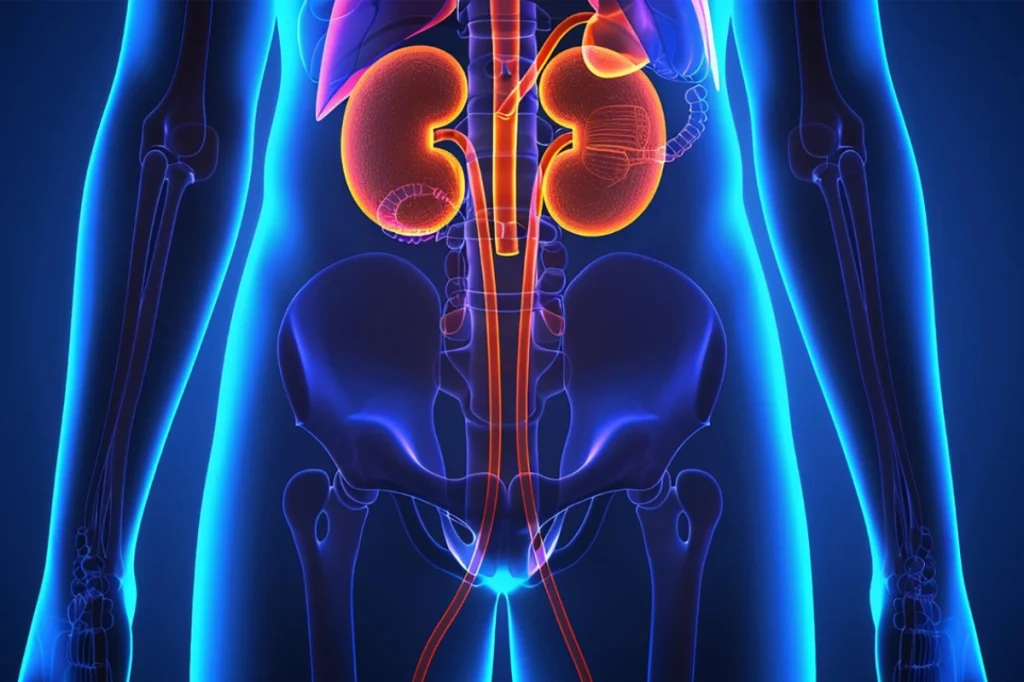Because kidney problems are usually the first manifestation of the condition, your doctor will want to perform a kidney biopsy and examine the kidney tissue under a microscope to look for amyloid deposits. Once amyloid deposits are seen, further tests must be done on the tissue sample to identify exactly what type of amyloidosis you have.
However, if there are other members of the family who have had similar problems, or who have been diagnosed with type of amyloidosis, you’ll have a genetic test to see if you carry the genetic variant, and this might be sufficient to confirm the diagnosis of AFib




